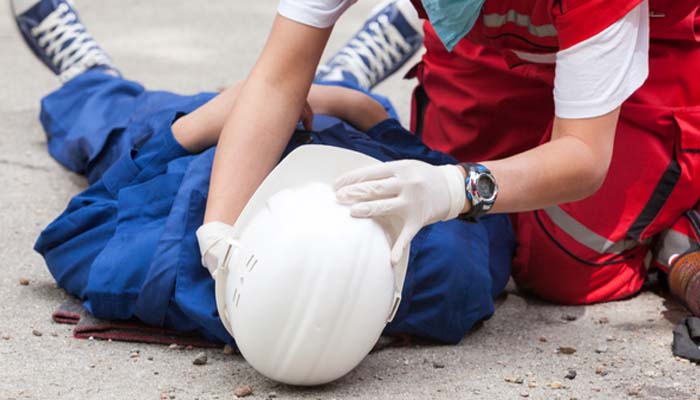One inevitable truth of working in a labor-intensive environment is that accidents may occur due to extreme working conditions. However, the company should do everything in its power to mitigate potential problems as much as possible. To this extent, according to United States law, companies must adhere to the United States Department of Labor standards, as per the Labor Occupational Safety and Health Administration (OSHA) guidelines. These guidelines mainly have to do with training, equipment maintenance, placement, and other essential factors designed to prevent accidents from occurring.
As noted by OSHA, one of the essential aspects of creating these guidelines is to investigate the most common accidents and incidents to ensure that OSHA sets are congruent with what is seen in the workplace. To that end, according to OSHA, “in response to the need for descriptive data on how fatal workplace incidents occur, the Division of Data Analysis has been conducted.”
This analysis gives an overview of what kind of accidents are occurring, their type, and what probable measures lead to increased incidents.
Types of on-the-Job Incidents
The type of incident before the fatality has been examined to create better guidelines. These incident types are as follows:
- Operating Procedures: This incident has come as a direct result of the employee or the employer not following work and safety regulations; or, there were no regulations in place. Operating procedures include, but are not limited to, safeguarding the area, behavioral considerations, wearing protective equipment, etc.
- Equipment/Material/Facility Related: The equipment that has been used is malfunctioning to a certain degree. This danger also includes hazardous materials, structure collapses, and so forth.
- Environment Conditions: This is because of weather conditions, generally unusual onsets. This includes excessive heat or coldness, heavy rains, gusty winds, and so forth.
- Other: This refers to any incident that does not fit the types above.
This information showcase that, by splitting up these incidents into the above classifications, OSHA will better investigate each case and its circumstances. For example, when looking at operating procedures and focusing on this as a distinct category, OSHA can then determine where the discrepancy lies, such as the company not having strategic safety measures to begin with, and how to create the best guidelines that minimize it.
OSHA’s overview and analysis also relay specific cases and incidents that can be used for further study. Each is explained with the type of incident, which it has involved, the date of the incident, a description, and the standards that relate to the incident itself. For an organization or an employee who works in a labor-intensive industry, this can be especially important. It allows individuals to become more aware of the standards and what kind of shortcomings exist for them to be overlooked.
In short, OSHA studies incidents like construction accidents to help prevent future injuries.


